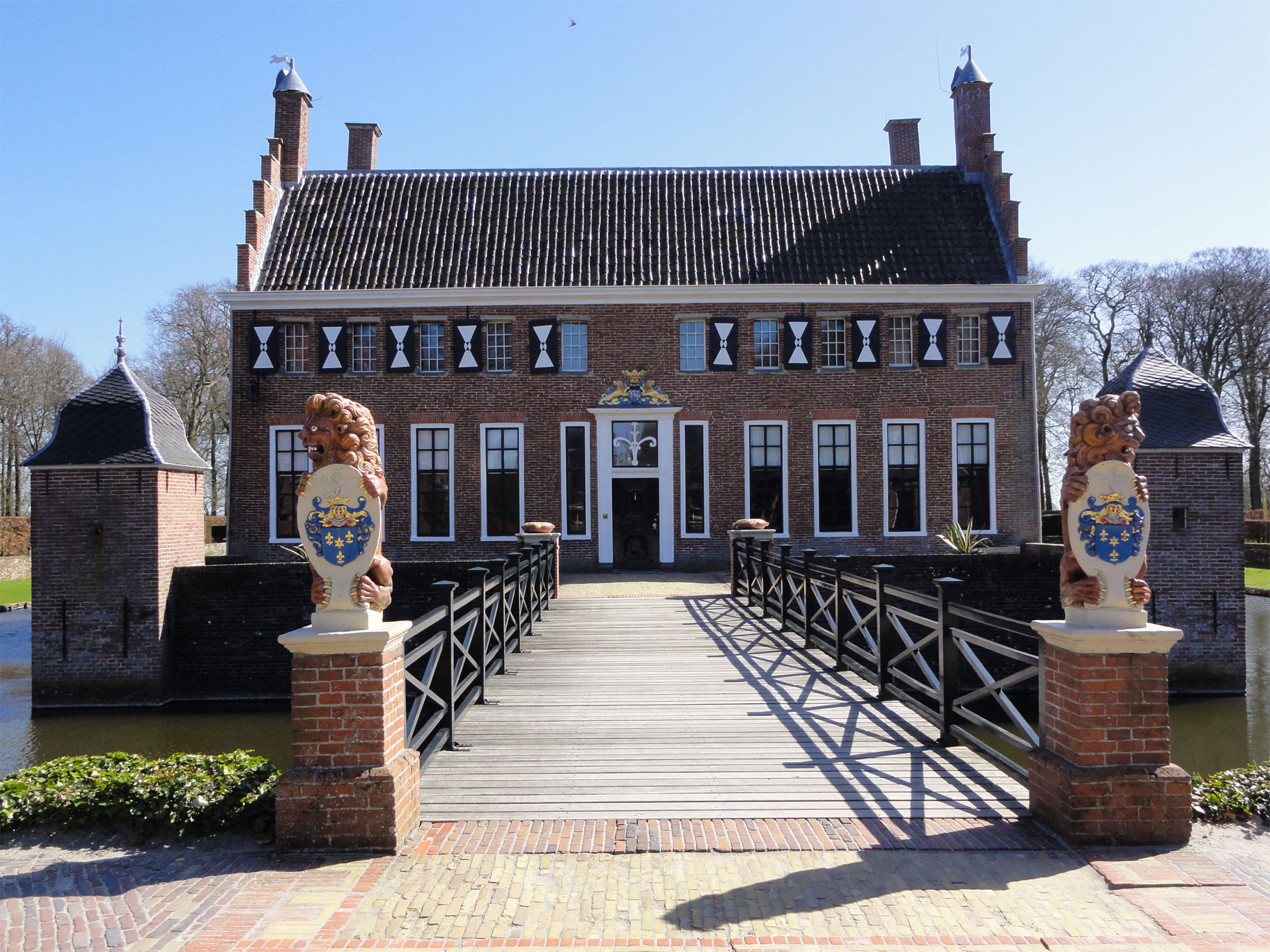|
List Of Borgs In Groningen (province)
This is a list of borgs in Groningen (province). {, class="wikitable sortable" , - !style="width:10em;", Castle !style="width:15em;", Location !style="width:10em;", Image !style="width:5em;", Current condition !style="width:5em;", Type , - bgcolor="#FAEBD7" , Allersmaborg , Ezinge, Groningen , , Good , Borg , - bgcolor="#FAEBD7" , Almaborg , Bedum, Groningen , , Demolished , Borg , - bgcolor="#FAEBD7" , Asingaborg , Ulrum, Groningen , , Demolished , Borg , - bgcolor="#FAEBD7" , Batenborg , Maarhuizen, Groningen , , Farmhouse , Borg , - bgcolor="#FAEBD7" , Beyum , Zuidwolde, Groningen , , Demolished , Borg , - bgcolor="#FAEBD7" , Breedenborg , Warffum, Groningen , , Good , Borg , - bgcolor="#FAEBD7" , Coendersborg , Nuis, Groningen , , Good , Borg , - bgcolor="#FAEBD7" , Dijkhuizen , Tjamsweer, Groningen , , Demolished , Borg , - bgcolor="#FAEBD7" , Dijksterhuis , Pieterburen, Groningen , , Demolished , Borg , - bgcolor="#FAEBD7" , Eissingeheem , Uiteind ... [...More Info...] [...Related Items...] OR: [Wikipedia] [Google] [Baidu] |
Borg (castle)
A borg (; Gronings: ''börg'') is a former stronghold or villa in the province of Groningen, Netherlands. Borgs used to belong to noblemen or prominent citizens. A comparable building in the neighboring province of Friesland is called a stins. History A borg usually started as a brick building, a 'steenhuis' (literally meaning 'stone house'), built in the 13th or 14th century. A steenhuis was usually 11 meters long and eight meters wide. The walls were thick, often more than one meter in thickness. Most were originally made of wood because stone was expensive, but less flammable. A steenhuis was not used as a house, but offered protection in times of danger. There is one original steenhuis left in Groningen, the Iwema-steenhuis in Niebert. Some steenhuises were enlarged and became more like a castle; this would be considered a borg. A good example of a borg that originated from a steenhuis is the Fraeylemaborg. In the building itself you can still find a wide wall with emb ... [...More Info...] [...Related Items...] OR: [Wikipedia] [Google] [Baidu] |
Warffum
Warffum (Gronings: Waarvum)is a village in the Dutch province of Groningen. It is located in the municipality of Het Hogeland. It had a population of around 2,175 in January 2017. History The history of Warffum can be traced back to at least 600 AD, and it has been estimated that the village was founded as far back as the eighth century. In 1893 a train station was opened in Warffum, connecting Warffum to Groningen and Roodeschool. It was a separate municipality until 1990, when it became a part of Hefshuizen, which has been known as Eemsmond since 1 January 1992. In 2004 the Dutch royal family visited Warffum as part of the Koninginnedag (Queensday) celebrations. Culture The museum Het Hoogeland shows life in Warffum about a hundred-year ago through a collection that includes about fifteen houses. The famous Dutch singer-songwriter Ede Staal Ede Ulfert Staal (2 August 1941 – 22 July 1986) was a Dutch singer-songwriter from the Northern province of Groningen (province), Gr ... [...More Info...] [...Related Items...] OR: [Wikipedia] [Google] [Baidu] |
Hoogkerk
Hoogkerk is a town in the Dutch province of Groningen. It is located in the municipality of Groningen Groningen (; gos, Grunn or ) is the capital city and main municipality of Groningen province in the Netherlands. The ''capital of the north'', Groningen is the largest place as well as the economic and cultural centre of the northern part of t ..., about 4 km west of the city. Hoogkerk was a separate municipality until 1969, when it was merged with the city of Groningen. References External links * Groningen (city) Populated places in Groningen (province) Former municipalities of Groningen (province) {{Groningen-geo-stub ... [...More Info...] [...Related Items...] OR: [Wikipedia] [Google] [Baidu] |
Pieterburen
Pieterburen is a village in the northeastern Netherlands, located in the municipality of Het Hogeland, Groningen. History Around 1300, a dike was built north of the present village. During the 14th century, a settlement appeared on a mudflat of the river . The village was first mentioned in 1371 as Sancti Petri when the church was constructed. Pieterburen means the neighbourhood near Saint Peter. Overview Pieterburen is situated on the ‘Hogeland’ (high land) of northeastern Groningen. It is an area with brick Gothic churches, stately farms, and endless views over the land, all the way to the Wadden Sea. Pieterburen is known for its Seal Rehabilitation and Research Centre, the vicarage garden ''Domies toen'', the old mill ''De Vier Winden'' (The Four Winds). The castle, ''Dijksterhuis'', was built in the 15th century, but torn down in 1903. Pieterburen is one of the starting points for ''wadlopen'' ( mudflat hiking). At low tide, it is possible to walk to the island of ... [...More Info...] [...Related Items...] OR: [Wikipedia] [Google] [Baidu] |

